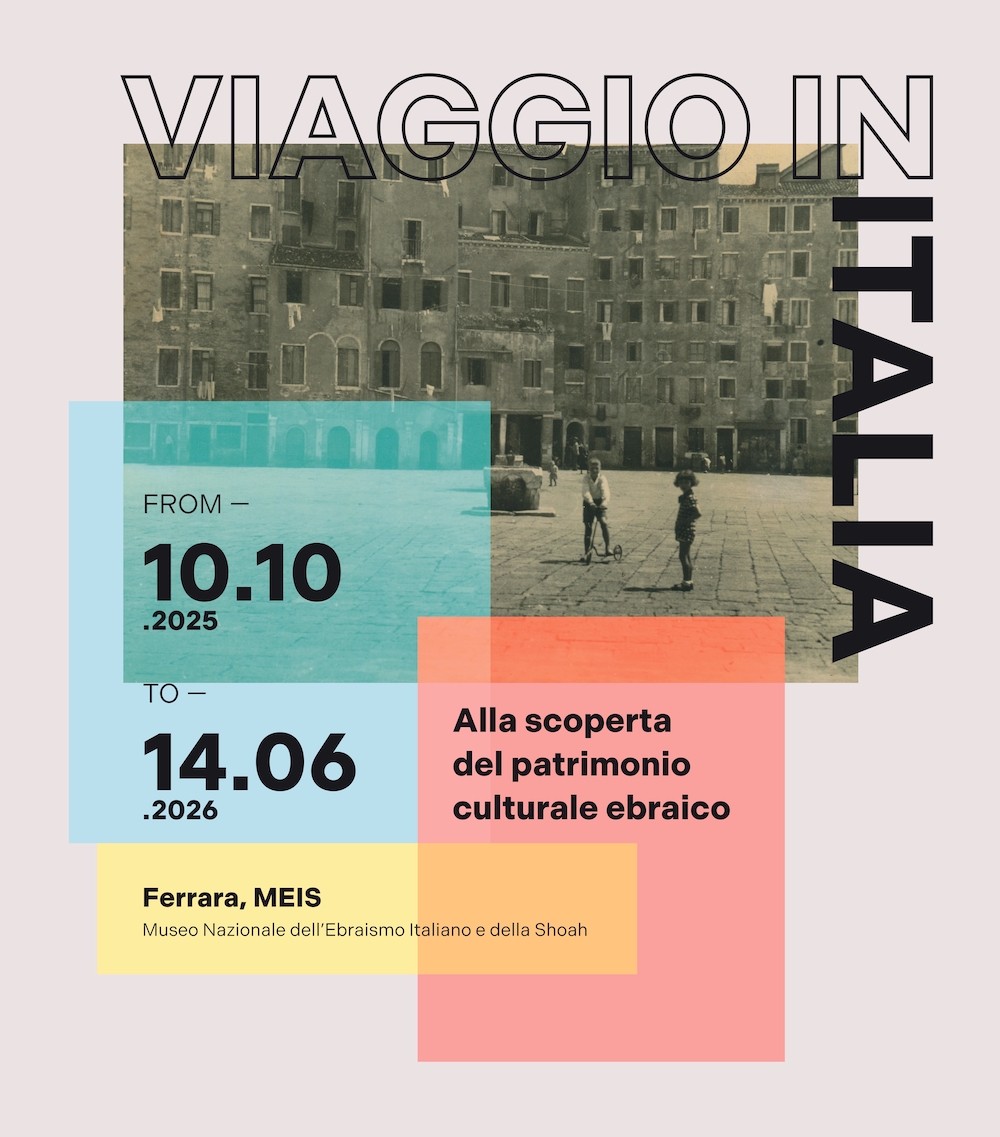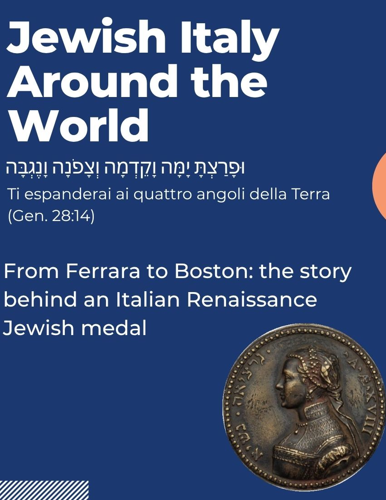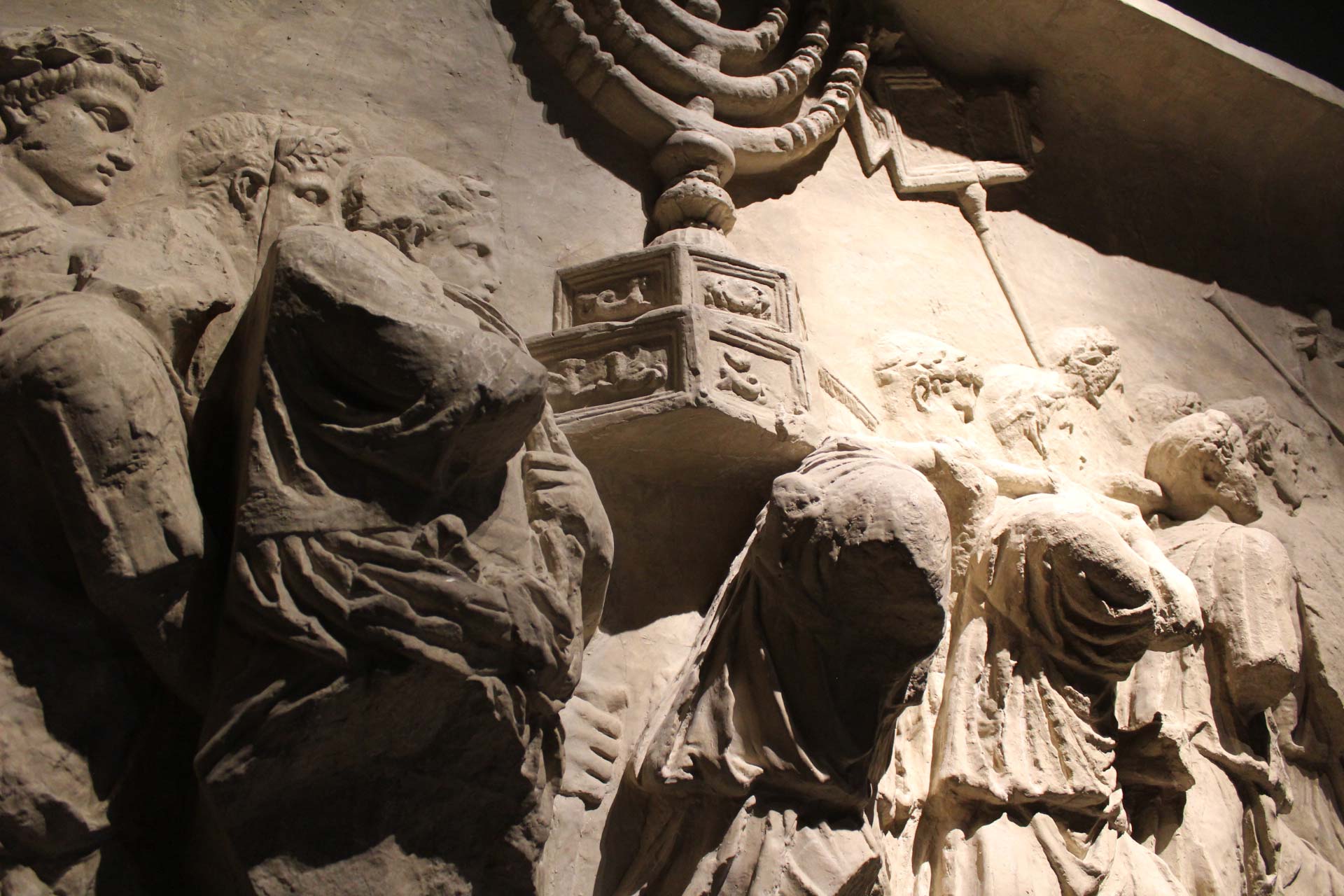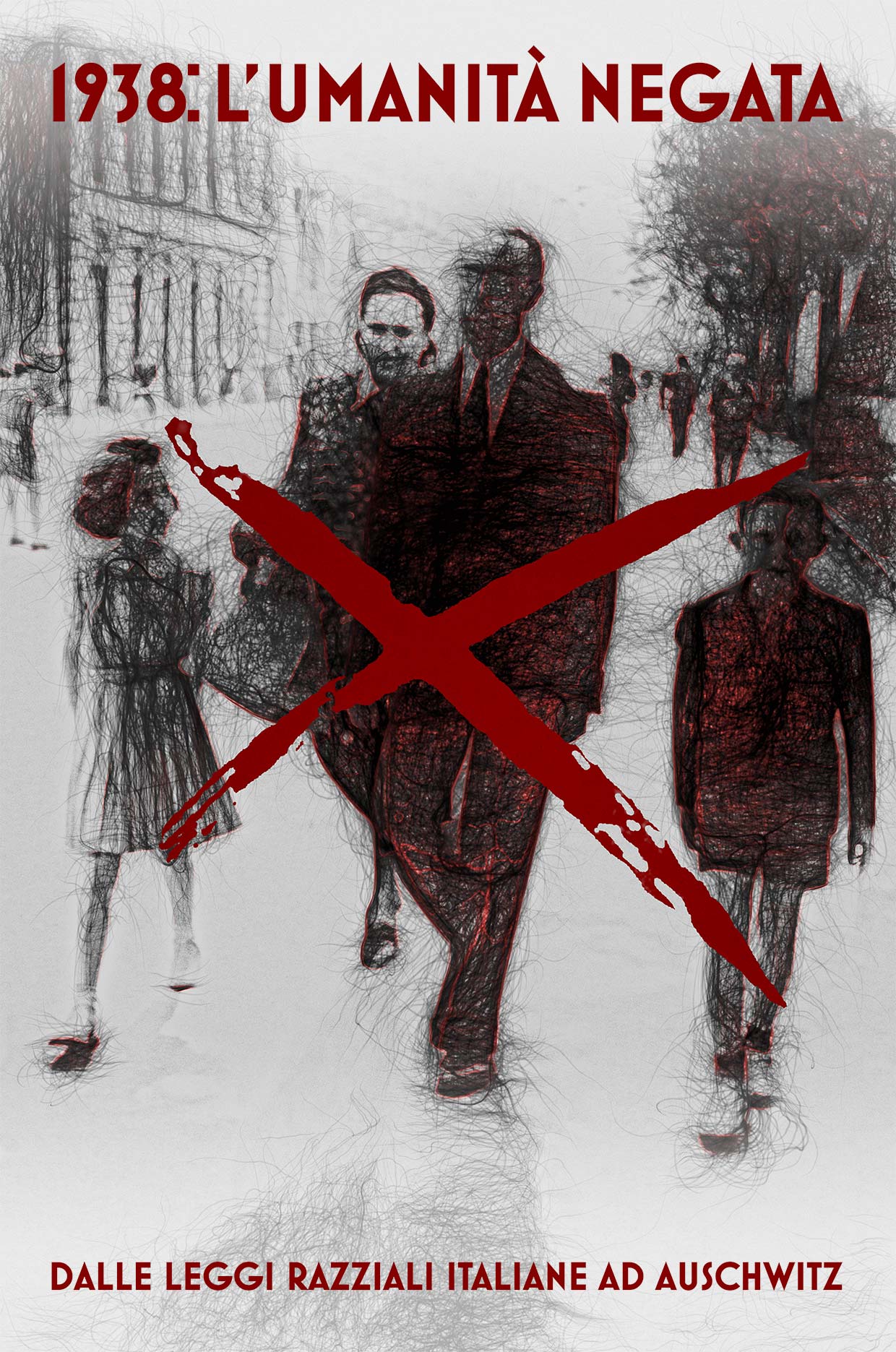
The Renaissance speaks hebrew

From 12th April to 15th September MEIS hosts the exhibit The Renaissance Speaks Hebrew, by Giulio Busi and Silvana Greco.
The exhibit addresses one of the key periods in the cultural history of the Italian Peninsula, a time that was decisive in forming the Italian identity. It also reveals a completely original aspect: the presence of the Jews and the fruitful dialogue with the Christian culture of the majority.
On display are such paintings as The Holy Family and the Family of Saint John the Baptist (1504-1506) by Andrea Mantegna, the Birth of the Virgin (1502-1507) by Vittore Carpaccio, Christ Disputing with the Doctors in the Temple (1519-1525) by Ludovico Mazzolino and Elijah and Elisha by Stefano di Giovanni di Consolo, known as Sassetta, surprisingly all of which feature significant texts written in Hebrew. There are illuminated Hebrew manuscripts in the rich Renaissance style, such as The Guide for the Perplexed by Maimonides (1349), purchased by the Italian State less than a year ago. There is also Italy’s oldest wooden Holy Ark, which has returned for the first time from Paris, and the Torah Scroll of Biella, a very ancient parchment of the Jewish Bible, still used today in the synagogal liturgy.
During the Renaissance, the Jews were there, right in the front row, active and enterprising. They were in Florence, Ferrara, Mantua, Venice, Genoa, Pisa, Naples, Palermo and obviously Rome. At times welcomed and well accepted as moneylenders, doctors and merchants, and not merely as secondary players, or the object of prejudice. They were exponents of times encompassing multifaceted experiences; meetings and conflicts, harmony and harsh clashes. For the first time, MEIS tells the story of this rich, complex encounter, thanks also to the enticing background scenery conceived by the designers at Studio GTRF Giovanni Tortelli Roberto Frassoni.
Retracing such an interweaving of mutual experiences means, first of all, recognizing the debt Italian culture owes to Judaism and exploring the Jewish premises for Renaissance civilization. It also means admitting that this interpenetration has not always been synonymous with harmony, nor with undramatic acceptance. Indeed, it has led to intolerance, contradictions, social exclusion and violence against the Jewish group, engaged in the difficult task of defending its specific identity.
With this new narrative, the Museo Nazionale dell’Ebraismo Italiano e della Shoah in Ferrara takes a crucial step forward in its offering to the general public. Not only because the exhibit adds a further chapter to the story of Italian Judaism (after the exhibit on the first thousand years, which has now been transformed into the first part of the permanent exhibit), but also because this new section touches the heart of the MEIS mission: to bear witness to the complex, but possible dialogue — at times fruitful, though not without moments of ambiguity — between minority and majority. This is a precious lesson that Italy reaps from its history, and offers to the present, to a Europe that is increasingly multicultural and called upon to question itself and its roots.
The Renaissance speaks Hebrew was honored with the Medal of the President of the Italian Republic Sergio Mattarella, an award for national representation.
The exhibition is organized by MEIS, with the patronage of the Ministry for Cultural Assets and Activities, the Emilia-Romagna Region, the Municipality of Ferrara, the Union of Italian Jewish Communities – UCEI and the Jewish Community of Ferrara.
Sponsors: Intesa Sanpaolo, Fondazione Ebraica Marchese Cav. Guglielmo De Levy, TPER, Leonardo, Coop Alleanza 3.0, Bonifiche Ferraresi.
We thank Ambassador Giulio Prigioni for his generous contribution in memory of his daughter Francesca.
Thanks go to Alessandro Treves for supporting the restoration of the Holy Ark and pulpit.
Thanks to the Norsa Pesaro family.
We thank Assicurazioni Generali for its organizational collaboration.
Hours: April 12, 2019 – September 15, 2019, Tuesday through Sunday from 10.00 a.m. to 6.00 p.m. The same hours apply for the bookshop and the educational suites. Schedule of special openings and closings are available at meis.museum.
General admission: €10.00; Discounted admission: €8.00 (children 6-18 years old, university students, MyFE Card holders); Groups of a minimum of 15 people: €6.00 (one free admission for every 20 paying visitors); Families composed of at least 1 adult and 1 child between the ages of 6 and 14: €6.00; Universities and schools (minimum 15 people, from Monday through Friday): €5.00 (2 free admissions for persons/teachers accompanying each group); Free admission: children under the age of 6, persons with 100% disability and the person accompanying them, card-carrying journalists and tour guides, ICOM members and uniformed military personnel.
The ticket is valid for the entire museum (exhibits on the first thousand years of Italian Judaism and the Renaissance), the multimedia show Through the Eyes of the Italian Jews, for the Space for Questions, the Garden of Questions and the docufilm We were Italians about Italian survivors of the Holocaust. Further details on rates and guided tours are available at meis.museum.
Bilingual catalogue Silvana Editoriale.
Other news

Online event, Corresponding Art

November 26, online event

The Mortara Case
CALL FOR APPLICATIONS FOR THE “MAURIZIO AND CLOTILDE PONTECORVO” RESEARCH GRANT



